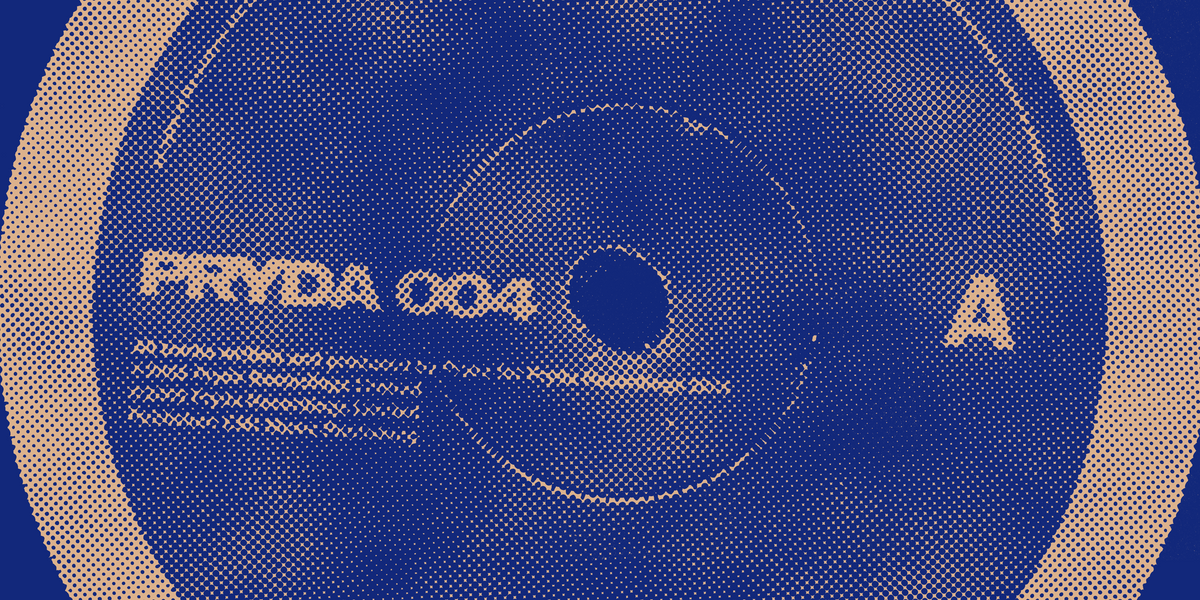Pryda's "Aftermath" and the high tide of progressive minimalism
Purpose built to smash dance floors, Pryda's "Aftermath" is a 15 minute monster that the TikTok generation won't ever understand.

The TikTok generation will never listen to this track all the way through. Coming in at a monumental 14:38 long, you might be forgiven for imagining an opus of complex and evolving compositions, or perhaps even that this is an entire EP mixed together. This is after all the era of music optimised for Spotify, and the many benefits of one to two-minute long tracks across the streaming world. But this is Pryda, better known as Eric Prydz, writing at the peak of the mid-2010s Progressive House era. At a time where he was optimising for only one thing... smashing dancefloors.
The mainstream world got to know Eric Prydz through his breakthrough commercial hit "Call on Me", which itself has a very interesting (and somewhat controversial) story behind it. The studio that such a calculated mainstream monster of a track could earn once those royalties came in was later put to good use on the deeper side of the dance floor. Although it's an unusual thing for an artist to straddle both extremes of the industry, going from a radio dance music hit to a decidedly deeeeeeper dancefloor cut at the other far extreme.
And there's really no other way to describe an almost 15 minutes of shuffling and staccato synth plucks, layering in and out of a sparse call-and-response pattern that leads into a beautifully minimal breakdown and draaaaawn out build and release. It was quite simply an enormous track, right around the world, in a way that seems hard to pint down given how inaccessible it as as a "quick listen". Here in Australia, "Aftermath" emerged on the darker and deeper ends of Progressive House and Tech House club sets, a staple of the likes of Scott Walker and Cosmo Cater at Family and Empire clubs here in the otherwise sunny Brisbane.
The appeal of the track might be lost on the TikTok generation, but will be clear to anyone moving through the various interwoven branches of dance music history. This is this the product of the early minimal movements that defined Detroit Techno continuing to echo around the world. There's traces of the raw analogue repetition of Underworld, inevitable heritage from the likes of Kraftwerk and their original sparse Kling Klang sounds, and an unmistakably Scandinavian touch by way of earworm melodies that seem to be baked into the frozen rocks up there, be it ABBA or Royksopp or Todd Terje and Lindstrom.
Whatever the traces you hear yourself in "Aftermath", it's also a track to be felt. Not just heard. Just like so much of the overall grouping of this era of Minimal House that, to my ear, reminds me of the soundsystems of venues like Zouk in Singapore, Fabric in London, or the almighty Berghain. These are the kinds of venues that call to mind musician David Lynch's theory of the physcial spaces that music is performed in, in turn shaping the evolution of that music. Think of cathedrals and concert halls in the evolution from church music to Classical western music (which is not without its critique and drama), the slamming tempos of open air bush doofs and psytrace, the reverberating tin roofs of warehouse raves moving into Jungle nad Drum & Bass sounds... it's not hard to imagine (a perhaps apocryphal) scenario of the "very European" pristine sound system and the very minimal, very carefully constructed sounds that grow to suit it. Give or take an undercurrent of cultural excesses (and the substances to match) that weave between such fractal evolutions of genre and culture.
Which is getting a little carried perhaps. The impact of art and the stories we connect it to are just as valid even if the case is a few stray midi sequences were jammed out of a long and lazy studio session. That might even be the case. But there's no question that this was a track that mattered, and heaviuly influenced not only the spare and cold and airy timbres and styles of synthesis in that decade, but the confidence to go long in composition. Especially in the face of the rise of Electro House, a precursor for the shameless commercialisation that would spawn the "very North Armerican" scourge of EDM that seems the status quo in those parts of the world these days.
As for the artist, Eric Prydz and his many aliases and psyedonums would return again and again to the charts, with tracks like "Pjanoo" taking the "Aftermath" recipe and fine tuning it for even greater commercial success (and a neat hat tip to the rave house era of Korg M1 pianos). And many more besides. But for now... cancel all calls and dive into this dancefloor mosnter. It's worth the trip.


